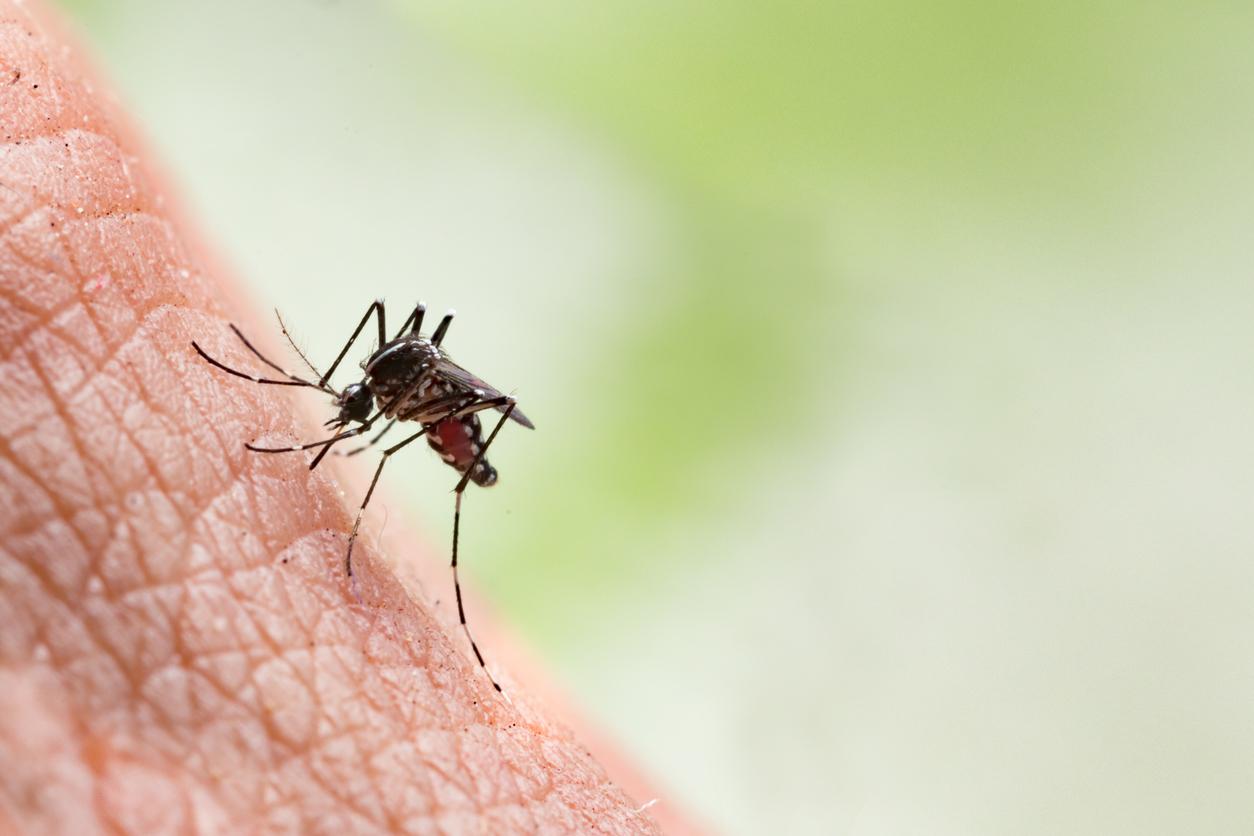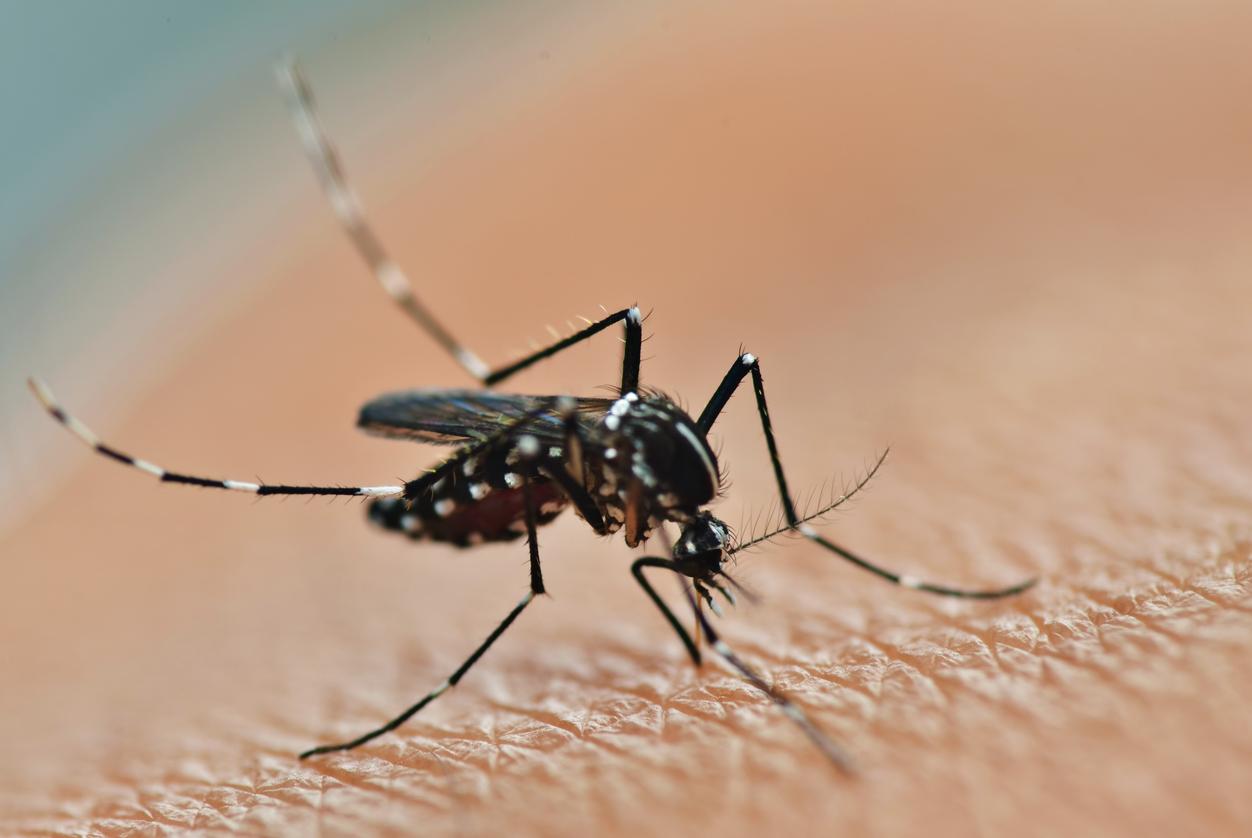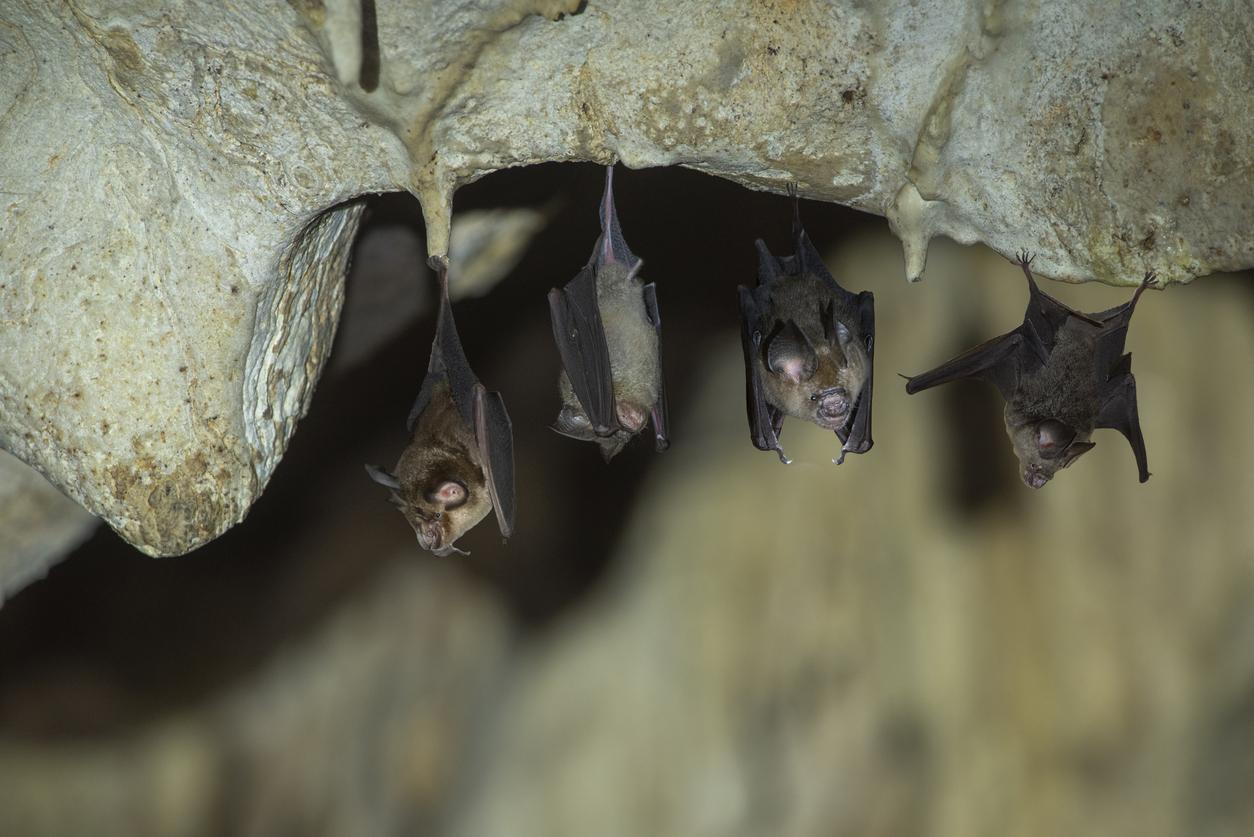In New Caledonia, doctors are trying to find out more about a virus transmitted by bats to around fifteen people between 2012 and 2019.

- New Caledonian bats have transmitted a “new” virus to around fifteen people
- Four died
- This zoonosis has been called “hemolytic fever”.
We know that the new coronavirus causing the global pandemic would have been transmitted to us by the bat or the pangolin. In New Caledonia, a medical team is looking into a completely different virus transmitted by the bat to around fifteen people between 2012 and 2019 and which would have caused the death of 4 of them.
hemolytic fever
Several unexplained cases of patients suffering from fever, weight loss, hematological disorders and an enlarged spleen have indeed been reported. Samples were sent in 2017 to the Institut Hospitalo-Universitaire de Marseille (IHU) of Professor Didier Raoult.
“A bacterium, Mycoplasma haemohominis, was then identified and it turned out that it had also been found in fruit bats (large bats), in another department of the Marseille IHU”, detailed to AFP Doctor Julien Colot, from the CHT’s microbiology laboratory. Baptized “haemolytic fever”, this zoonosis declared itself between 3 weeks and 3 months after the patients had “been in contact with fruit bats, either hunting or cooking them”said Dr. Colot.
The bat, a very popular dish
60% of human infectious diseases are zoological
According to world organization for animal health (OIE), 60% of current human infectious diseases are zoological and at least 75% of pathogens of emerging human infectious diseases (including Ebola, influenza and HIV) are of animal origin.
“Diseases of animal origin to which humans are susceptible such as avian flu, rabies, Rift Valley fever (African viral zoonosis, Editor’s note) Where brucellosis again (formerly called Malta fever, Editor’s note) represent global public health riskswarns the OIE. Other diseases with essentially human-to-human transmission circulate in animals or have an identified animal reservoir and can cause serious health crises, as recently demonstrated by the Ebola virus disease epidemic..”
.

















